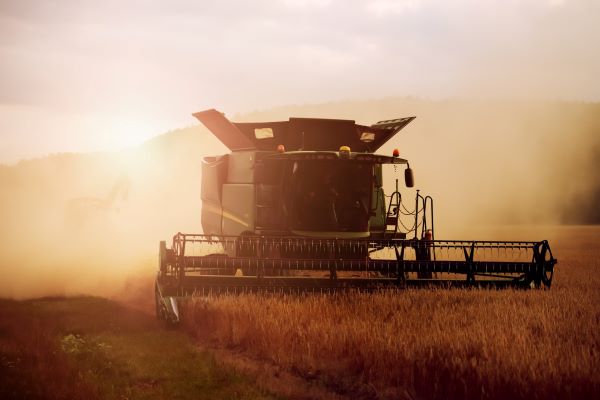The Agricultural Research Trust, commonly known in Zimbabwe as ART Farm, continues to gain credence in the southern African country by becoming an independent assessor of hybrid maize varieties, in a series of countrywide trials.
Established in the early 1980s as an institute to serve the needs of the commercial farming sector in Zimbabwe, no new crop variety will be released in the country unless it has been tested by an independent arbiter at a minimum of five sites or at least for three seasons.
However, ART Farm has managed to fill this role and crops such as maize, wheat, barley and soyas are all tested in trials run annually.
The farm is located on the outskirts of Harare, in Pomona and the property stretches from Harare Drive up to where Gwebi and Mazowe rivers separate.
The farm has heavy red soils.
ART Farm director Rob Jarvis said the operation was the go-to organisation in Zimbabwe to test chemicals, new technologies and complementary farming systems.
“On the ART Farm operation, the aim is to develop the entire operation into a model example of successfully implemented regenerative agriculture,” he said.
“To this end, the Trust is retooling and refocusing its efforts to investigate, measure and give advice to farmers on the ways and means to convert traditional farmland to a sustainable model of good agricultural practices with the long-term aim to reduce dependence on crop chemicals and fertilisers, build soil health and ultimately improve profit and quality of all agricultural output.”
According to Jarvis, zero-till planters are key for cropping, ensuring that crops residues are left on the surface and trying as much as possible to keep principle of living roots in the farming system by cover crops at strategic intervals and inter-cropping where appropriate.
“The lands used on ART were in the research blocks and were in good heart, with reasonable pH, high levels of inherent fertility and little compaction.
“We almost immediately saw an increase in soil-based fungi, water penetration, earthworm activity and a hive of activity on the flowering plants used in the cover mixes,” Jarvis said.
He added: “This trial is ongoing and will continue indefinitely, with decisions on how to manage the crops, the covers, the livestock, the grazing and the land, taken holistically.
“These are exciting times for ART and there are investigations ongoing into organic fertiliser possibilities.
“We are producing our own compost from plant and animal waste material, which will then be used going forward to grow healthier, less demanding vegetable crops which currently huge and expensive amounts of synthetic pesticides and fertilisers.”








